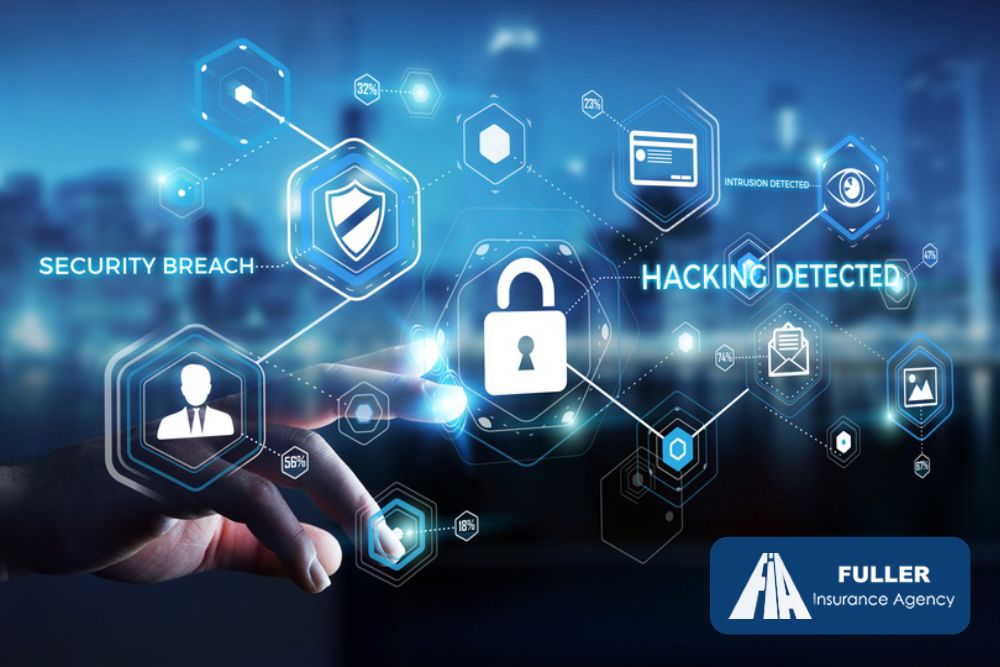


In today's digital age, businesses thrive on data, leveraging it for success. However, the potential fallout from data breaches, including business disruption and legal actions, underscores the critical need for cyber liability insurance. In this discussion, we will explore the key factors that influence the pricing of cyber liability insurance, shedding light on the intricacies of safeguarding your digital assets and reputation.
A cybersecurity breach can lead to several months of downtime or business struggle, making recovery slow. Cyberattacks can cause financial havoc in multiple ways, including making ransom demands or damaging a brand's reputation with customers. The recovery process after an attack may involve hiring an expensive public relations firm to rebuild the brand's image with the community.
Determining the cost of cyber liability insurance has much to do with the risks your business takes with computer networking. How well protected and prepared is your computer system for facing a cyberattack? How elaborate is your technology and the amount of data you gather?
When you file a cyber liability claim, it will likely involve paying multiple tech experts for services. It may even cover the cost of paying a cybercriminal ransom money. Other items the coverage pays for may include losses from business disruption and broken contracts.
The best way to avoid hacker problems is to work with IT specialists who are well-trained in cybersecurity. But you shouldn't just leave everything up to IT experts. Training your staff to be aware of cyber threats, identity theft, and other potential fiascos in cyberspace is essential. Make sure your team understands that cybercriminals often try to trick or exploit unsuspecting workers through email.
Maintaining several layers of cybersecurity is the key to reducing breach risks as much as possible. On top of that, you need adequate liability insurance to pay for the worst damage. A general liability insurance policy is fairly broad but may not cover cyber incidents. Many companies purchase special additional coverage for computer and internet risks.
Be aware of the two main types of cyber liability coverage. First-party cyber liability insurance covers losses to your network. Meanwhile, third-party liability cyber liability insurance pays for losses to your clients. Another type of coverage to consider is technology errors and omissions (tech E&O) insurance.
Every business operator today should know the potential expensive damages hackers can cause. Arming your firm with sufficient cyber liability coverage will help keep your company in business if a cyber breach occurs.
To understand the details and costs associated with cyber liability insurance, get in touch with Fuller Insurance. Our knowledgeable agents are well-equipped to address any additional inquiries, helping you navigate the complexities of selecting the optimal coverage tailored to your business needs. Your protection in the digital realm is our priority. Contact us today to safeguard your establishment effectively.